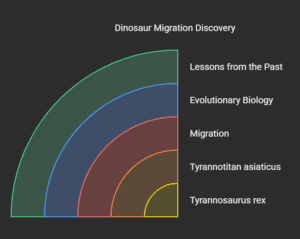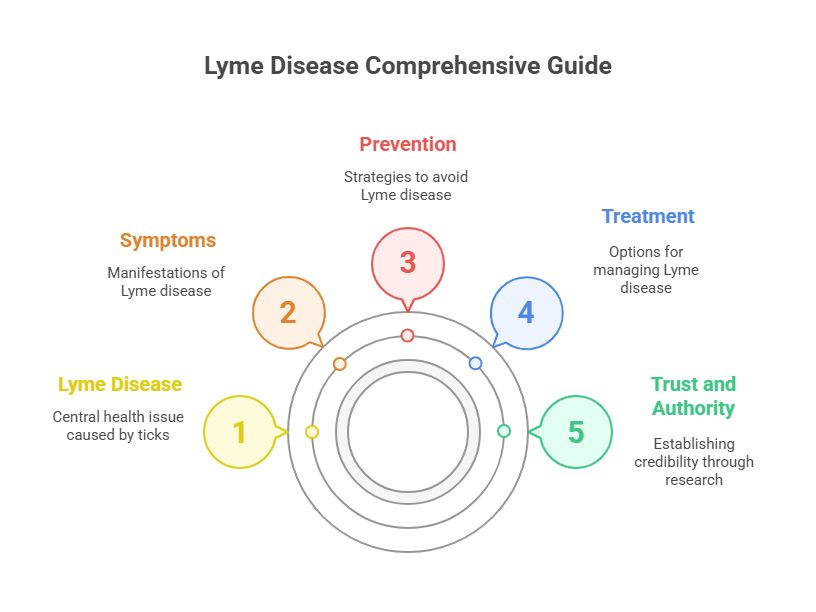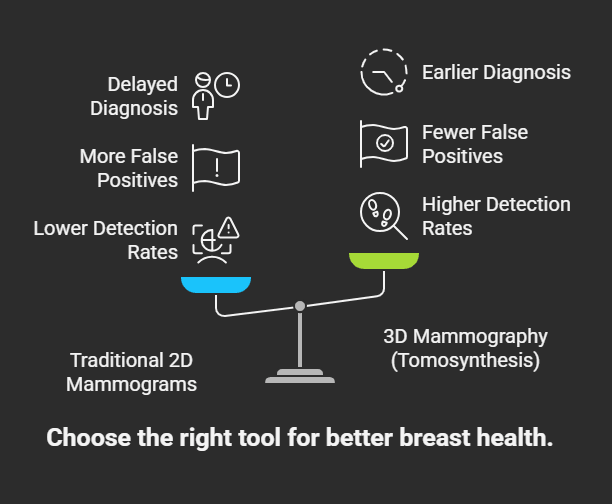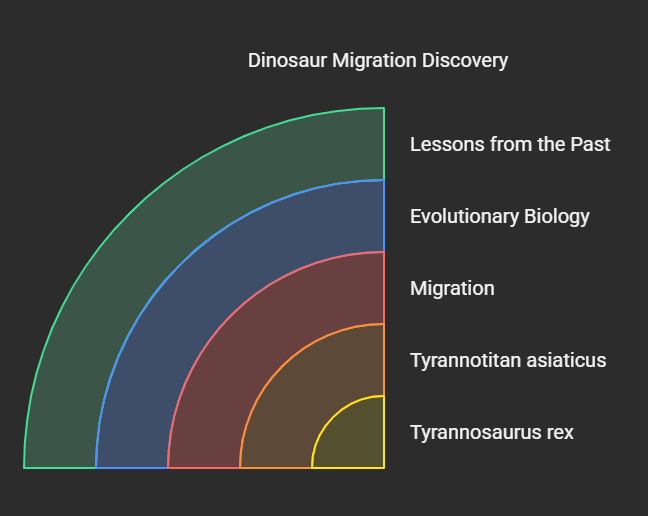Introduction
The Artemis I mission has a phenomenally successful first phase and the next step in human’s journey back to the Moon. NASA began this as an uncrewed test of the Space Launch System (SLS) and the Orion spacecraft and these make up part of NASA’s Artemis program, enabling manned lunar missions in the future. Built on decades of work, Artemis I demonstrated we are closer than ever to sending the first woman and next man to the Moon. But what is this mission so important? And what did it achieve? And now, let’s focus on some of the highlights of this landmark mission — and what they signify.
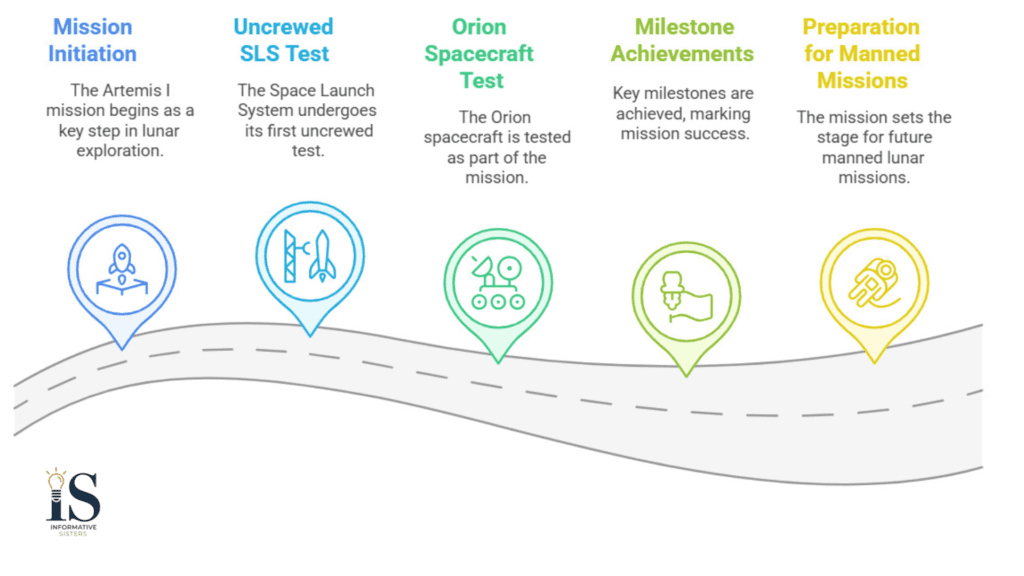
What is the Artemis Program?
Before diving into the nitty-gritty about Artemis I, let’s put things in context regarding the Artemis program. Named for the twin sister of Apollo in Greek mythology, this initiative aims to:
- Settle human presence on the Moon by the decade’s end.
- Prepare for more missions that transport humans to Mars.
- Establish international partnerships and trade deals.
- Achieve your goal and mentor tomorrow’s scientists, engineers and explorers
Artemis I marked the first major step in this ambitious vision.
Artemis I: A Mission Overview
Launch and Flight Path
On November 16, 2022, the most powerful rocket ever built — the SLS rocket — hurled its cargo, the Orion spaceship, into orbit from Kennedy Space Center. The mission, 25.5 days long, had a roundabout route, including:
- A stage providing a translunar injection, sending Orion toward the Moon.
- A distant retrograde orbit that will take it 268,563 miles from Earth — the farthest any human-crewed spacecraft has ventured.
- A successful re-entry and splash on the Pacific Ocean, Dec. 11, 2022.
Key Achievements
Several primary objectives of the Artemis I mission included:
- Trained on data to the end of October 2023
- The SLS cut a path to success, demonstrating that it could get enormous payloads outside Earth’s orbit.
- With 8.8 million pounds of thrust, it was more powerful than even the Apollo-era Saturn V rocket.
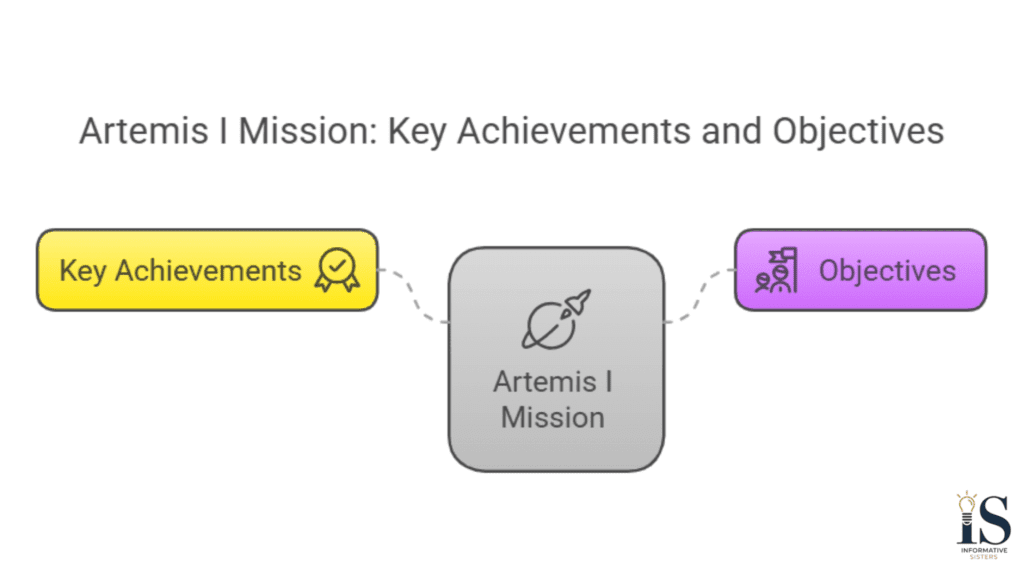
Testing the Orion Spacecraft
Orion also executed a distant retrograde orbit that would ensure it would be capable of deep-space travel.
The heat shield also experienced re-entry temperatures near 5,000°F, ensuring it can protect astronauts during future excursions.
Data for Future Crewed Explorations
Sensors implanted in dummies to mimic conditions of those experienced by astronauts collected vital information on exposure to radiation and stress on the human body.
And the Callisto experiment, which tested voice-controlled artificial intelligence onboard in space, featured both Amazon’s Alexa and Cisco’s Webex.
Why Artemis I Matters
Rebuilding Lunar Exploration – A Blueprint
The last human beings to walk the lunar surface were members of the Apollo 17 mission in 1972. Unlike Apollo, which was designed for just a few years of human exploration, Artemis aims to create a sustained human presence on the Moon where research, resource utilization and even commercial opportunities will be possible.
A Stepping Stone to Mars
NASA considers the Moon a testbed for future trips to Mars. The technical and operational insights gained through Artemis will prove critical in successfully navigating the challenges presented by exploration beyond low Earth orbit.Partnership with Global and Commercial Partners

Partnership with Global and Commercial Partners
This is no petrified NASA project. Countries such as ESA, Canada, Japan, and private corporations like SpaceX are helping to usher in this new era of space exploration.] It gives Artemis one of the most international diplomacy-driven space programs ever.
What’s Next? Artemis II and Beyond
Artemis II, which will fly in 2025, will be the first crewed flight now that the mission architecture has been shown to work with Artemis I. Astronauts will cruise around the Moon as they test life-support systems in preparation for the historic Artemis III mission, which will put humans on the Moon’s South Pole.
Gateway and Artemis Basecamp: A New Role
Lunar Gateway; An Intended lunar space station; A mission for a former municipality in Phoenix, AZ
Lunar Gateway: An international space station that will orbit the Moon, it will be used as a staging point for deep-space missions.Conclusion
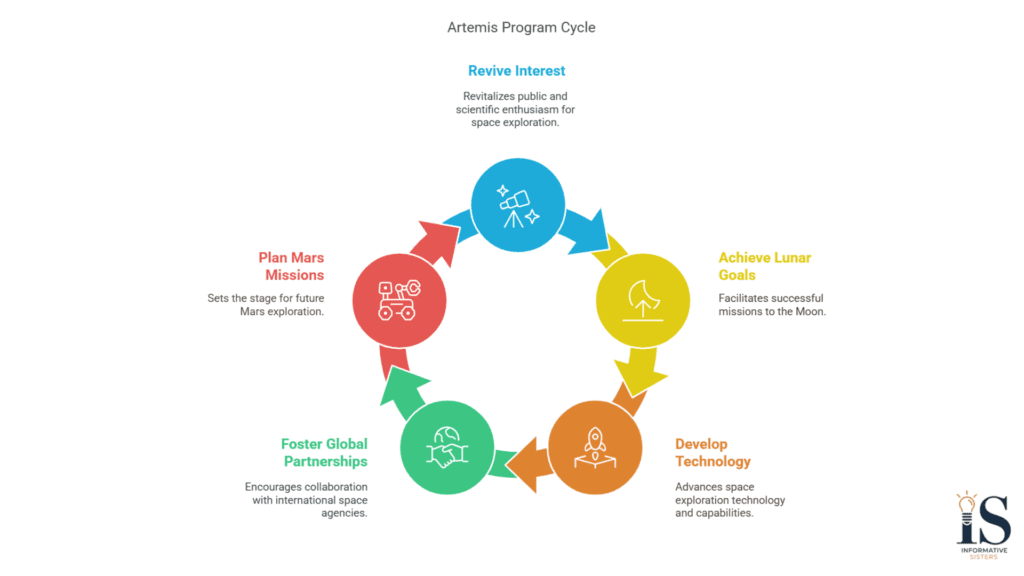
Conclusion
An Artemis I that succeeds has rekindled interest in space exploration and demonstrated that humanity is once more ready to go to the Moon and beyond. With bold goals and advanced technology and partnerships around the world, the Artemis program is pushing humanity closer to a future of regular travel to the Moon — and a road map to Mars.
What are your thoughts on the Artemis program? Do you think humans will live on the Moon? So, what do you think about this? Let us know in the comments, and follow for more space news!
Click here for more awesome content!


